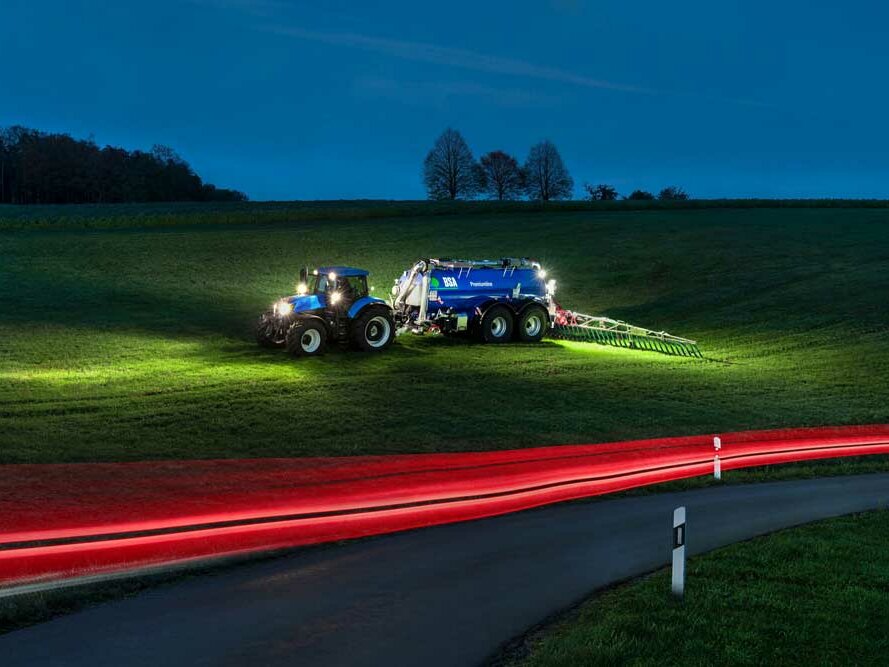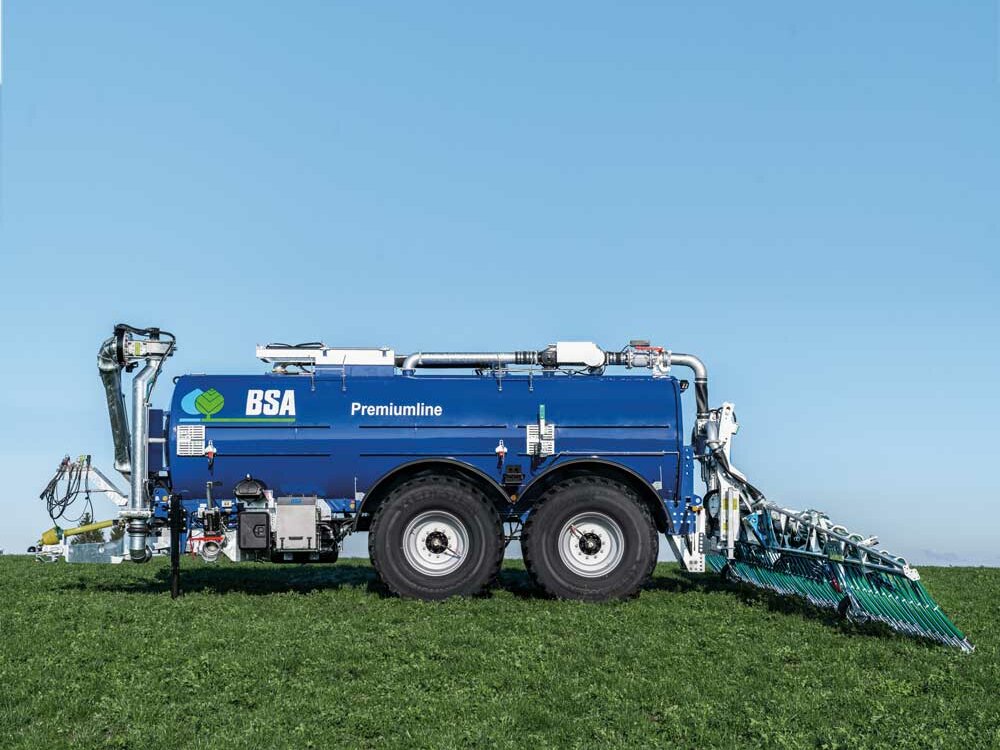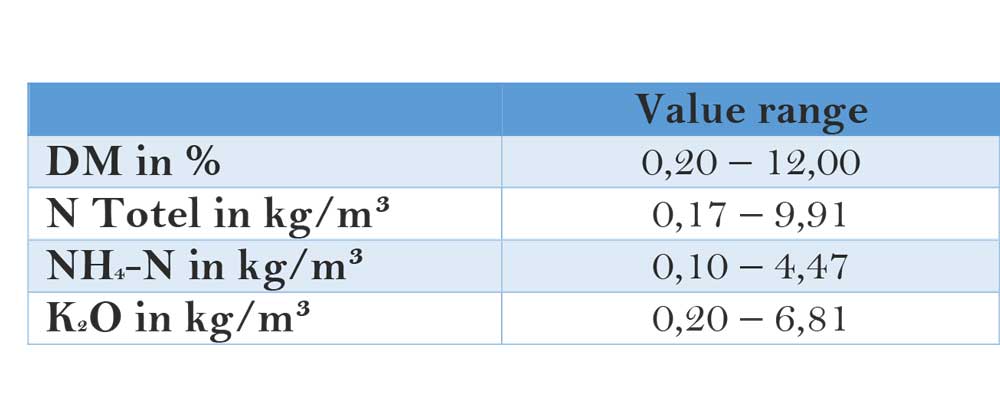Powerful control for slurry technology
By Dr Frank Volz, DLG, and Dr Ulrich Rubenschuh, DLG Test Centre for Technology and Farm Inputs
Electronic and digital applications in the slurry sector are nothing new. And the fact that - thanks to Isobus - an end to the days of different electronic boxes, different plug connections and data formats is in sight is particularly pleasing for users. Against this background, Bauer and its brands BSA and Eckart joined the CCI at the beginning of 2022. The approximately 40 members of the association have set themselves the goal of making tractors as well as machinery more compatible and have therefore been cooperating with each other in the field of agricultural electronics since 2009. Bauer - and thus BSA and Eckart - have now presented the new Signo 4.0 control system, which is based on the CCI Terminal 1200 and the latest CCI job computer generation. Via the touch screen of the terminal in the cab, settings can be made, work routines can be programmed and thus commands can be sent to the attachment at the touch of a button. The job computer there then controls, for example, the necessary hydraulic valves or starts electric motors.
Safe processing
With the installed digital technology, the Bauer equipment has the necessary, particularly high computing power at its disposal, which is required for the safe processing of applications with large amounts of data. Bauer has thus set the course and kept the modular system open for future applications, development steps and innovations.
Such applications include, for example, the Signo ID nutrient analysis. Via a near-infrared sensor (NIRS), the nutrient composition of the slurry is measured within seconds during spreading. This not only facilitates documentation according to the fertiliser ordinance, if the authorities in the respective federal state play along, but the information can also be used for further automation steps. For example, pre-generated, geo-referenced application maps can be loaded into the system or the driver specifies the desired amount of nitrogen. The system then automatically adjusts the application rate per area depending on the measured nutrient content.
In trial: BSA Signo ID 4.2
The "Signo ID 4.2" is a near-infrared measuring system developed for the analysis of organic substances such as animal manure or liquid fermentation residues from cattle or pig slurry with renewable raw materials. The NIR sensor is integrated into the existing pipe system, e.g. of a pump station or slurry tanker. To ensure faultless functionality of the sensor, the installation positions specified by the manufacturer must be observed during installation. The sensor irradiates the slurry with near-infrared light with a known spectrum. The reflected or re-emitted light spectrum of the manure is then detected. Temperature-dependent shifts in the spectrum are compensated for by white and dark referencing that is automatically carried out by the system at regular intervals. By comparison with special calibration models stored for the parameters to be determined, the measured data are converted into standardised values with unit specifications. The measurement process is carried out continuously on the manure flowing past.
In the monitoring mode, measured data is output every second. Depending on requirements, average values for user-defined time intervals or live values in real time can be displayed. For the Signo ID 4.2, BSA gives the value ranges summarised in the table.
Results of the test
In a DLG test, five individual samples, as different as possible, are taken on different farms for each type of farm manure (cattle slurry, pig slurry, liquid digestate from cattle or pig slurry with renewable raw materials). For this purpose, a partial quantity of 3 m3 to 5 m3 is pumped from the previously stirred slurry store into an intermediate tank. In order to homogenise the sample intensively, the farm manure is pumped continuously in a closed circuit in a preliminary phase. For the test, flow rates of 6 m3/min to 9 m3/min were set on the sensor, which showed no influence on the measured values of the sensor. Subsequently, the measured values of the sensor are documented and partial samples are taken, which are then wet-chemically analysed in five laboratories. The test per measurand and farm manure type is considered passed if three out of five pairs of values within one manure type do not have more than 25 % relative deviation from the mean value of the laboratory samples and no pair of values shows more than 35 % relative deviation.
DLG recognition
Even if these permitted deviations appear large: When the testing and evaluation regulations of the DLG testing framework were developed, the laboratory values according to the standard method from a split sample were also this far apart. The BSA sensor met the minimum requirements of the ingredients dry matter, total nitrogen and potassium oxide in cattle slurry, pig slurry and liquid fermentation residues. In addition, the measured values for ammonium nitrogen in cattle slurry and liquid fermentation residues were also sufficiently accurate for DLG recognition.
Further detailed information can be found in DLG test report 7120, which is available free of charge at www.DLG-test.de.






